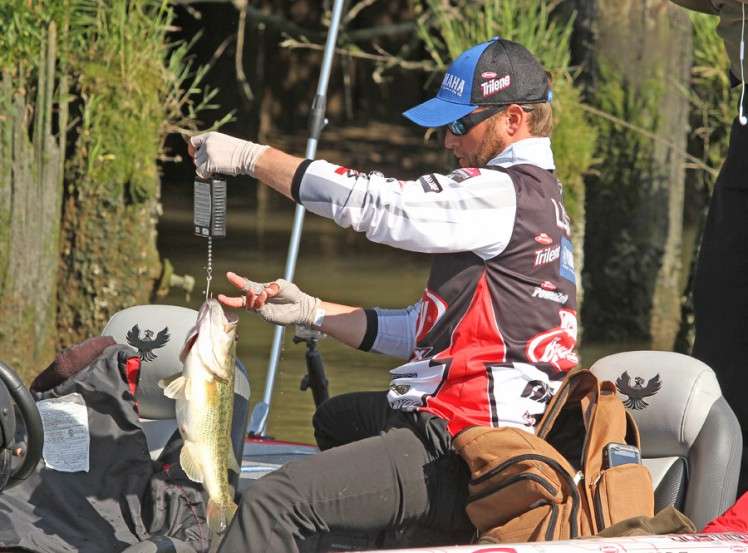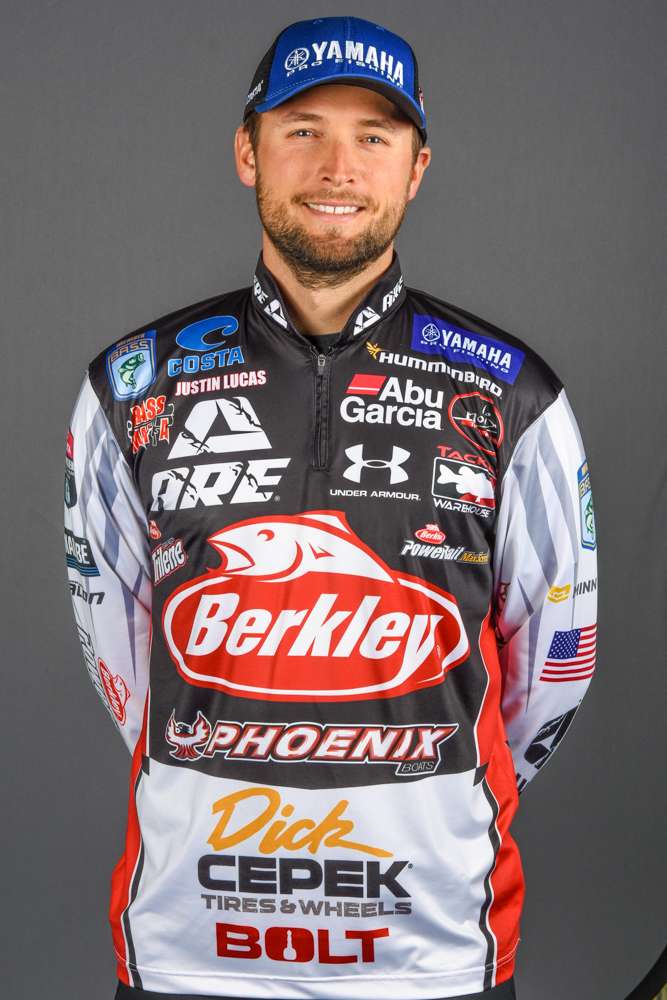
There’s been a lot of discussion this offseason about professional anglers receiving help on certain fisheries, whether it’s by word of mouth or with an electronic waypoint that leads them directly to a spot where big schools of fish are known to hang out.
If you’re growing weary of that topic, you should see the 2016 Bassmaster Elite Series schedule as good news.
With venues like the St. Johns River, Winyah Bay, Wheeler Lake, the Mississippi River and the Potomac River, it’s shaping up to be a shallow-water season – and to a large degree, that will take the issue of sharing waypoints out of the equation.
If that makes you happy, you’re not alone.
I like it, too.
I still believe shallow-water fishing – getting up there in the top 5 feet of water – is one of the truest styles of fishing. It’s my favorite kind of fishing.
I’m super excited about the coming year being mostly a shallow-water schedule. I really feel like it spreads everyone out and takes away the element of help.
You can’t get a waypoint from somebody to tell you there’s going be a big school of fish in a certain spot on a bank that you’re going to do well on. You can’t get a waypoint for a rock pile that’s going to produce a 25-pound bag.
For the most part, it’s instinct. It’s getting up there, being stealthy, and looking at the cover with your eyes. A lot of times, you can stick the rod tip in the water and see how deep it is.
That, to me, is a true style of hunting fish.
In shallower water you don’t see them often – unless they’re spawning of course. It’s not like in deep water where you can see them plain as day on your electronics.
By the laws of physics, if the fish move up shallow and spread out, there’s going to be fewer fish per acre. For the most part, it’s just one or two fish here and there. Very rarely do you just sit there and kill them in one spot when you’re fishing less than 5 feet of water.
When you’re fishing shallow, it’s more a matter of putting the trolling motor down and fishing what you’ve learned. You fish wood, you fish docks and you fish grass. It is very tough to scan and see fish in less than 5 feet of water. You’re finding them by casting.
Once you start to get bites on certain types of cover, you can start to hopefully run around and put a pattern together.
Offshore fishing is great, and I do enjoy it at times. But it can be a big hassle, too.
I look back at BASSfest on Kentucky Lake last June, and I hated being offshore with everybody else. Everybody was fishing so close to one another – close enough that we were all talking – and that was just miserable.
When the fish are out deep and they sit in big schools on certain spots, it really confines where they get. That’s why the topic of people getting waypoints is such a big deal because everybody ends up on top of one another.
I know that’s not going away. We’re always going to have those kinds of tournaments.
Unfortunately, I’d bet $500 that there isn’t an Elite Series angler out there who hasn’t – prior to the off-limits period – received a waypoint or help before, myself included.
That’s just the nature of it. It works great for some guys and not so great for others. I would say an overwhelming majority of us wish there was a way to stop it – again, myself included.
I like it better the way we’re likely to see it go down this year.
I am biased though. My top 10 results show that I prefer shallow water – places like the California Delta, the St. Johns River, Lake Seminole and the Sabine River. Those were all places where I couldn’t graph a single fish.
Believe me, I’m not discounting the importance of modern electronics.
They’re crucial even in shallow water, because they’re so accurate. I can mark a stump that I find under the water or some shallow 3-foot rock pile, and I can definitely get back to it and make the cast exactly where I need to.
My Lowrance electronics also help me when I’m fishing grass in 2 to 5 feet of water, and I couldn’t imagine going fishing without them.
I’m just saying, if you’re looking for a tournament where information-sharing is less of a factor, the shallow-water events should thrill you to death.
This year, the schedule is loaded with them.

